9 ways to get rid of earwigs and keep them away from your home
Banish these pesky bugs once and for all
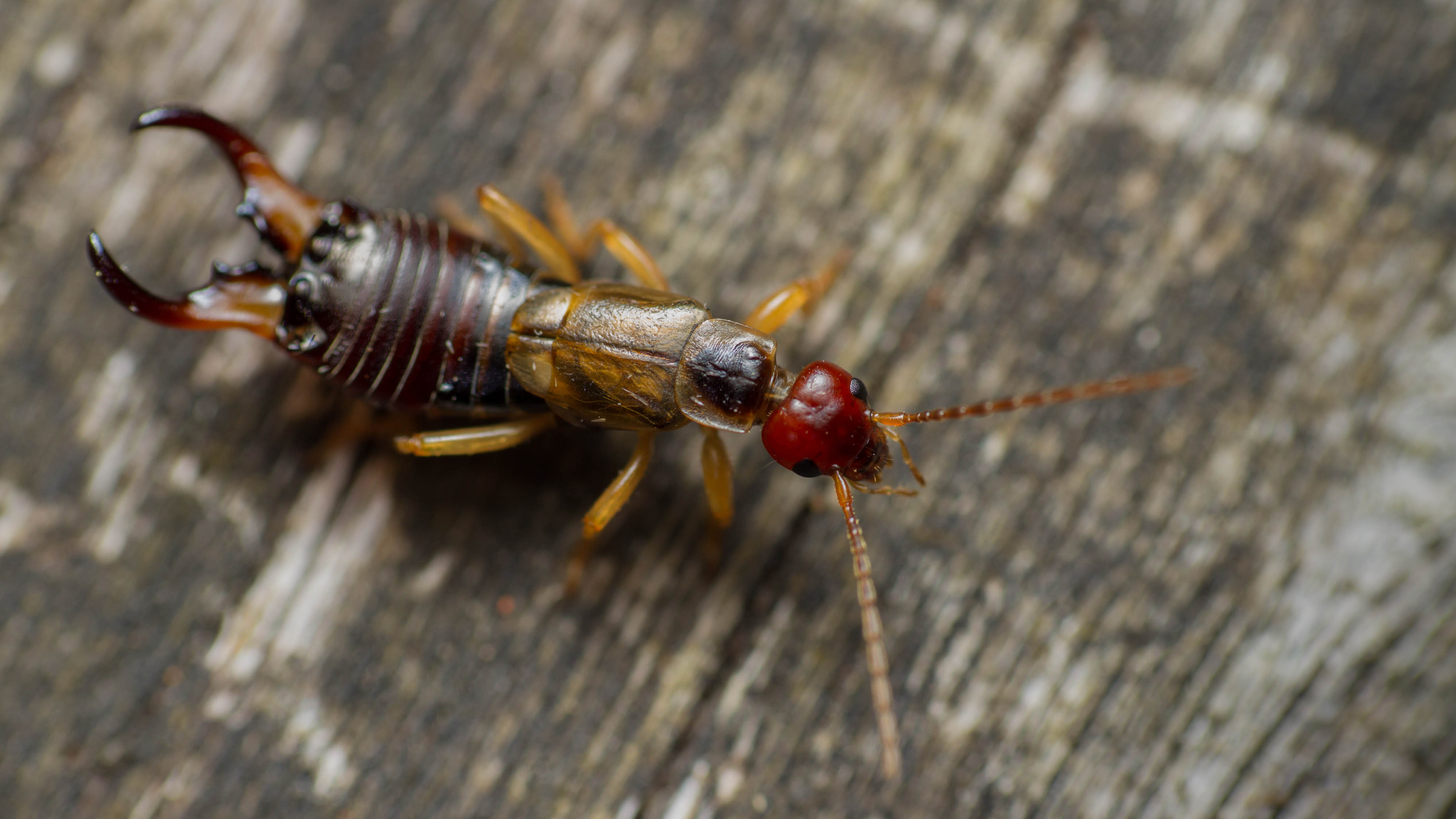
Nobody likes spotting bugs at the best of the times, and if you’ve spotted these brown crawlies around your home, you'll need to know how to get rid of earwigs. Contrary to its name, earwigs have nothing to do with our ears, and are commonly known as pincher bugs. This is due to their two long pincers protruding at the end of their body, which makes this a distinct pest.
And while it's not dangerous to humans or pets, earwigs tend to feast on plant leaves, rotting vegetation and decaying wood. As a result, this can lead to potential damage to your home and yard. Worst of all, earwigs will find a way into your home looking for food and shelter to lay their eggs. That’s why it’s vital that you learn how to get rid of earwigs immediately to avoid a possible infestation. What’s more, since earwigs will eat just about anything organic (live plants, flowers and fallen fruit from trees), these can also become a gardener's nightmare.
Luckily, there are some simple things you can do to get rid of earwigs, and stop them from coming back. And unlike commercial repellents, they won’t cost you a fortune, and are safer for the environment.
So, if you want to prevent an earwig infestation, check out these 9 quick ways to get rid of earwigs.
1. Vacuum all areas
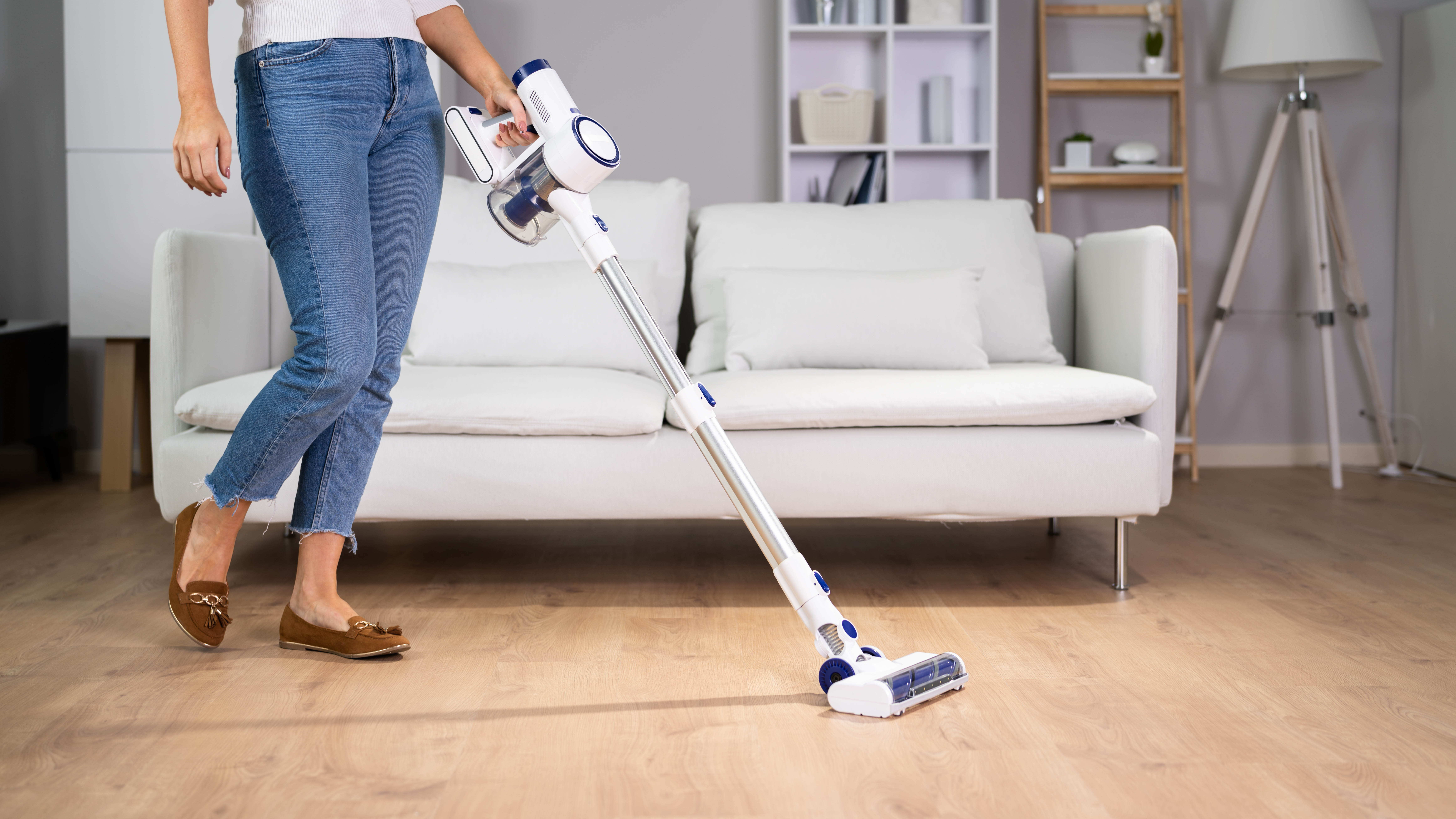
If you spot earwigs in the home, it’s best to thoroughly vacuum clean those areas often. Using one of the best vacuum cleaners, suck up as many earwigs visible, as well as any egg clusters that might be there. You want to eliminate the growth of an earwig population. It’s worthwhile giving household furnishings a good shake, as earwigs tend to hide in items — where we least expect them!
After vacuuming earwigs, experts advise to either dispose of the vacuum bag, or empty the vacuum into a bucket of soapy water. This will ensure any earwigs you have sucked up are killed.
2. Make a soapy solution
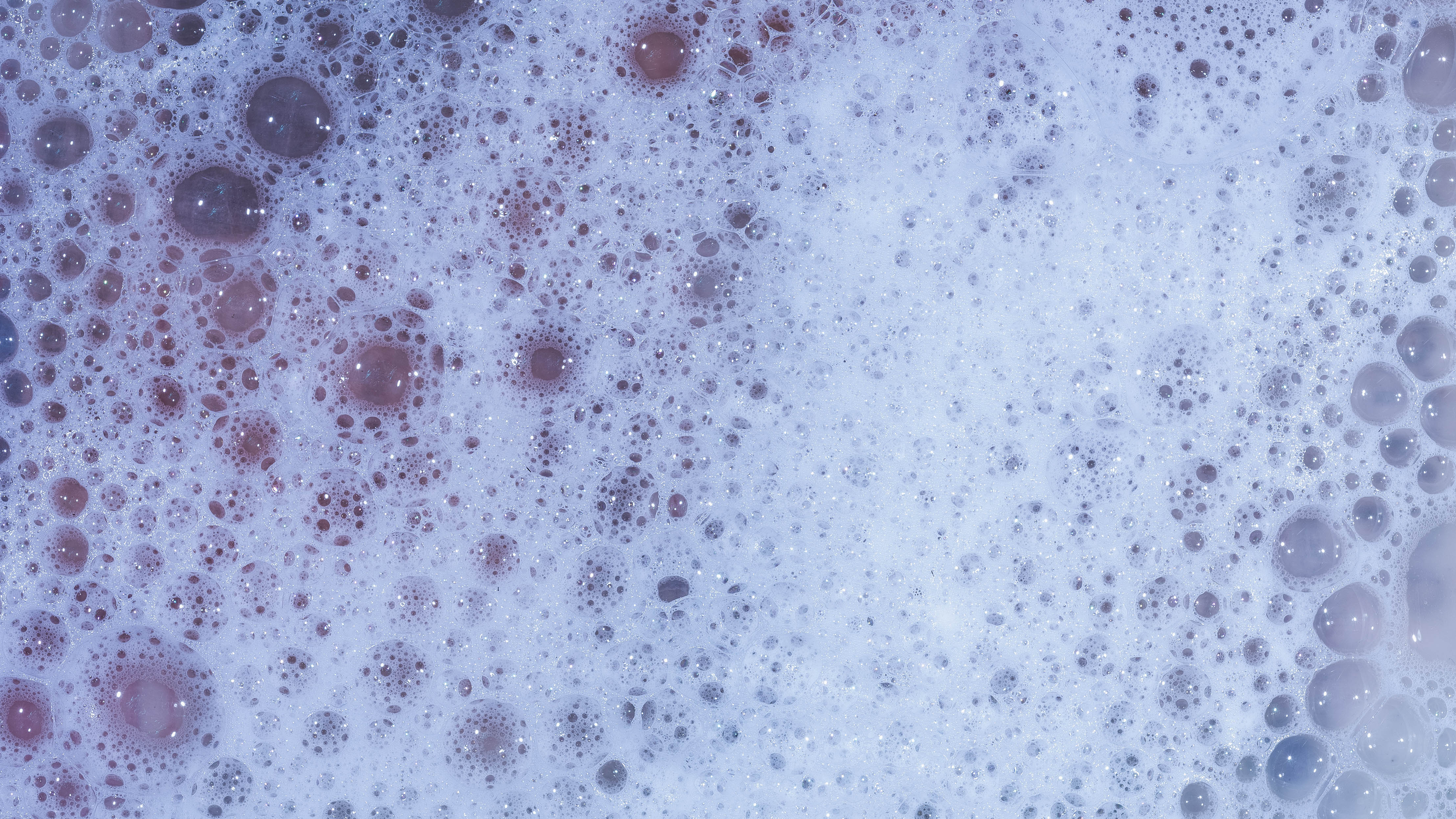
One effective, non-toxic repellent is a homemade, soapy solution spray. Simply add a few drops of dish soap to warm water in a spray bottle. Shake the solution until it’s soapy, before spraying any areas/corners around the home and yard where you've spotted pesky earwigs. This soapy substance will stop them from returning to the area.
Get instant access to breaking news, the hottest reviews, great deals and helpful tips.
Since they love to munch on vegetation, you can spray the leaves of your plants or bushes. In fact, you could use this homemade bug spray around the home to deter most common pests. They won’t like the unpleasant taste of this solution, and will steer clear of it.
3. Rubbing alcohol and water spray

Another homemade solution is by mixing one part rubbing alcohol to one part water in a spray bottle. Once mixed, spray directly on the earwigs each time you see them.
The alcohol is strong enough to penetrate the earwig's waxy coat, and kill these pests instantly. Just keep this away from young children and pets.
4. Sprinkle boric acid

Boric acid is an insecticide that will kill earwigs on contact. Simply sprinkle the powder where you spot earwigs, such as along your baseboards and window sills. But before handling boric acid, always wear protective gloves, follow instructions, and never use it around children or pets.
Boric acid naturally occurs in the environment and it can be found in soil, water and plants, however too much boric acid can be toxic to plants, so be cautious when using it outside.
Boric Acid Fine Powder 1lb: $14 @ Amazon
Boric acid is a highly effective multipurpose cleaner, suitable to use in the kitchen and laundry as a stain remover and deodorizer. It can also be used as an effective insecticide. This is an industrial strength product with 99.9% purity and care must be taken when handling it.
5. Seal up cracks
Earwigs usually make their way into homes through cracks or crevices, where they tend to hide in high levels of moisture. Typically, these are areas in the bathroom, kitchen, windowsills or in gaps at the baseboards. If you find infested cracks or crevices, seal up the gaps.
In addition, check around the perimeter of your home for any entry points they could come through. And block points of entry by sealing small holes or crevices in your foundation, siding, and doorway with caulk or weather-stripping such as Foam Insulation Tape, Weather Stripping Door Seal Strip ($13, Amazon), as a barrier. The aim is to make it extra difficult for earwigs to squeeze through tiny holes into the home.
6. Remove excess moisture
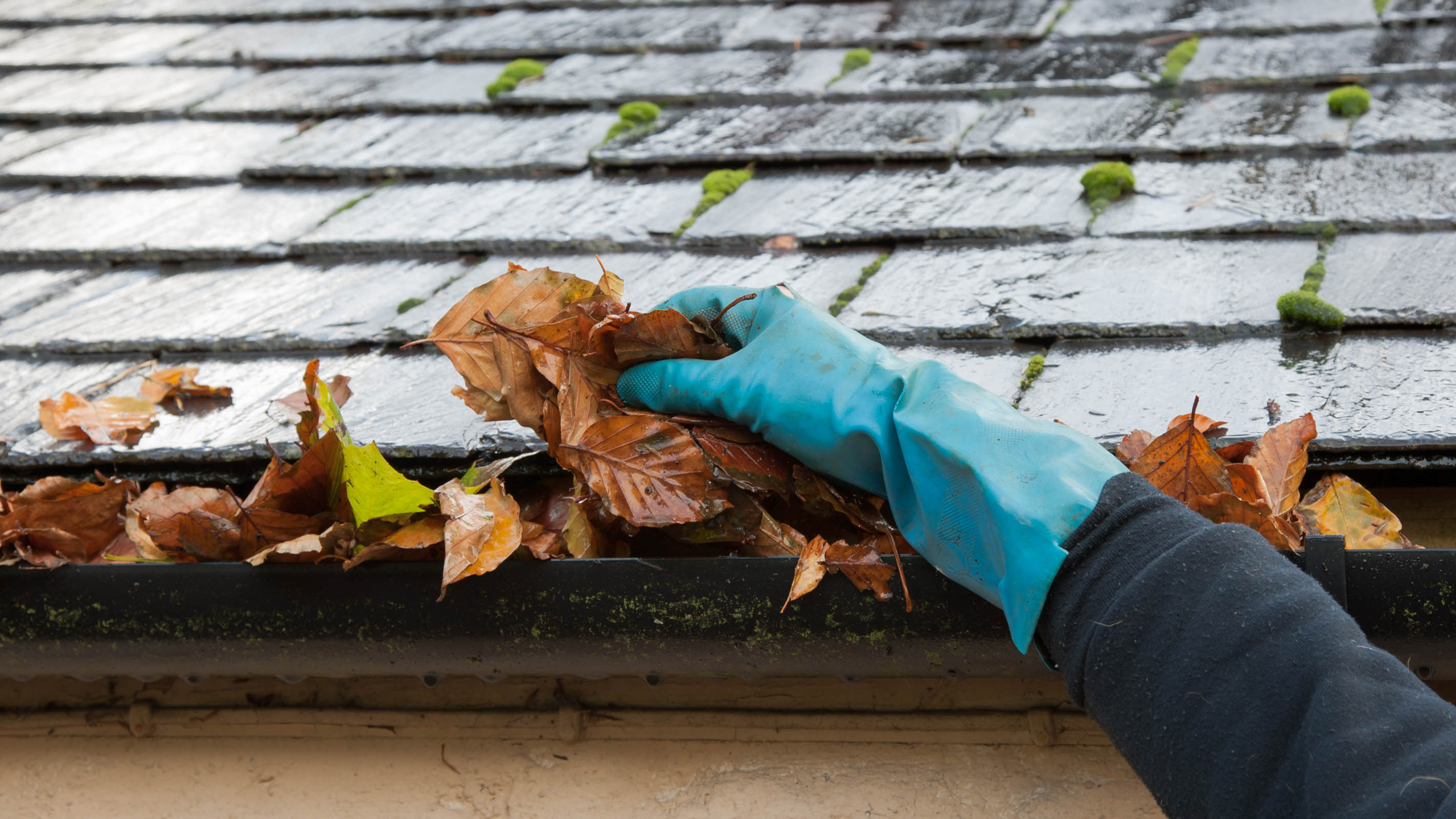
Much like silverfish, earwigs thrive in damp and moist conditions. Go around the home and look out for any pipe or drain leaks that might be providing the ideal environment for earwigs.
Ensure you fix any drips or leaky faucets, and also look out for any warping or bulging siding, as this indicates possible water damage within that wall. If you come across this, you’ll need to remove the source of the problem. This might also be a good opportunity to clean your gutters, and make sure no leaves are clogging it up to create damp/wet areas.
If you do have a humidity problem in the home however, you could invest in one of the best dehumidifiers to dry up some moisture. While this may not get rid of earwigs completely, this will do a good job of improving the conditions, and keep them at bay.
7. Tempt them into a soy sauce trap

Since earwigs are not fussy eaters, why not lure them into a sweet, soy sauce trap? Simply, take a small plastic container and mix equal parts vegetable oil and soy sauce inside. Then create holes in the lid that are about 0.25 inches in diameter before covering the plastic container.
The idea is that these pests will be attracted to the smell of the salty condiment and crawl into the container. Once they go in to sample the recipe, they’ll end up being trapped in the oil and instantly drown. Then dispose of the sticky solution (with earwigs) into a trash bag.
8. Repel them with strong scents

Aside from making your yard smell fresh and fragrant, strong scents are repulsive to earwigs. In particular, placing lavender plants near the entryways to your home, or in your yard can deter such pests.
In addition, you can use fragrant essential oils, such as peppermint, or citronella in a diffuser or burner around the home. These are known to be repulsive to most common household pests, so it's a win-win!
9. Keep the lights on

Even though earwigs are nocturnal creates they are attracted to bright lights. So although your first instinct might be to turn off the lights on your patio or porch area to keep them at bay, it can be reversed to attract them into a trap.
By shining a light source onto a trap, you can entice them in. For instance, place a solar light close to a bucket of soapy water on your porch and watch them flock in.
Similar to most pests such as rats, wasps, mosquitoes and more, earwigs hate the whiff of strong scents. There are specific essential oils or aromatic plants that may be fresh-smelling to us, but offensive to earwigs. Scents include peppermint, eucalyptus, lavender, cinnamon, garlic and basil, which can mostly be found in our kitchens. Simply dilute a few drops of essential oil into water in a spray bottle. Then spray around areas in your home or yard where you have seen earwigs.
Not only will the scents keep earwigs away, but you’ll also have a sweet-smelling home to banish odors. It’s a win-win!
As with any pest problem, if none of the above tips work, or you have an infestation, it’s always best to call in the professionals. They will be best equipped to help with the solution, and carry out necessary treatments.
Can earwigs pinch you?
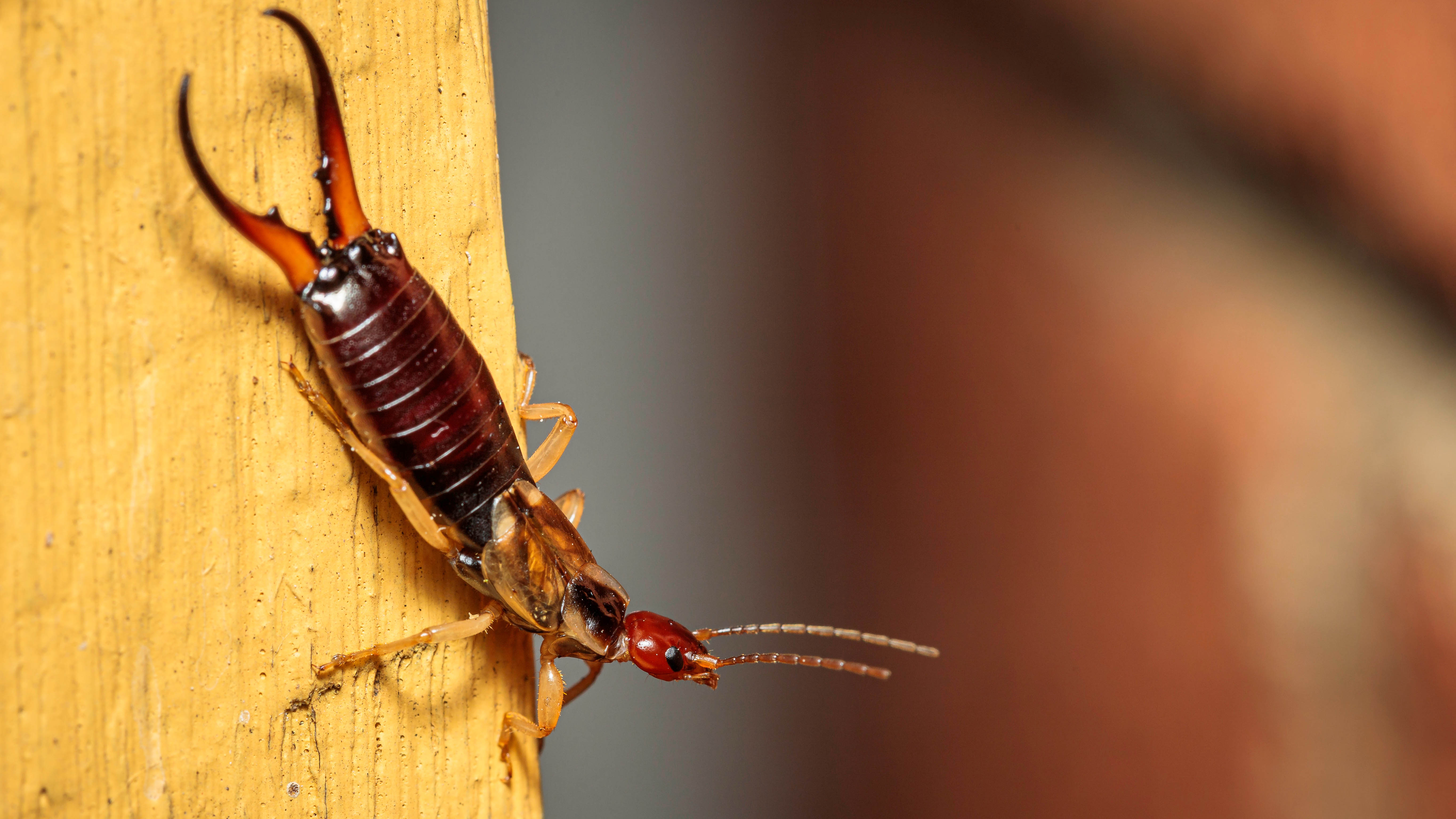
Despite their scary-looking pinchers, earwigs will only pinch if threatened. Typically, these pinchers are used for defence against predators, hunting smaller prey or play a role in their mating competition.
More from Tom's Guide
- These are the 5 colors that repel mosquitoes and keep them away
- Check out 7 things that attract wasps to your yard
- You might also want to know how to get rid of fruit flies

As the Homes Content Editor, Cynthia Lawrence covers all things homes, interior decorating, and garden-related. She has a wealth of editorial experience testing the latest, ‘must-have’ home appliances, writing buying guides and the handy ‘how to’ features.
Her work has been published in various titles including, T3, Top Ten Reviews, Ideal Home, Real Homes, Livingetc. and House Beautiful, amongst many.
With a rather unhealthy obsession for all things homes and interiors, she also has an interior design blog for style inspiration and savvy storage solutions (get rid of that clutter!). When she’s not testing cool products, she’ll be searching online for more decor ideas to spruce up her family home or looking for a great bargain!

